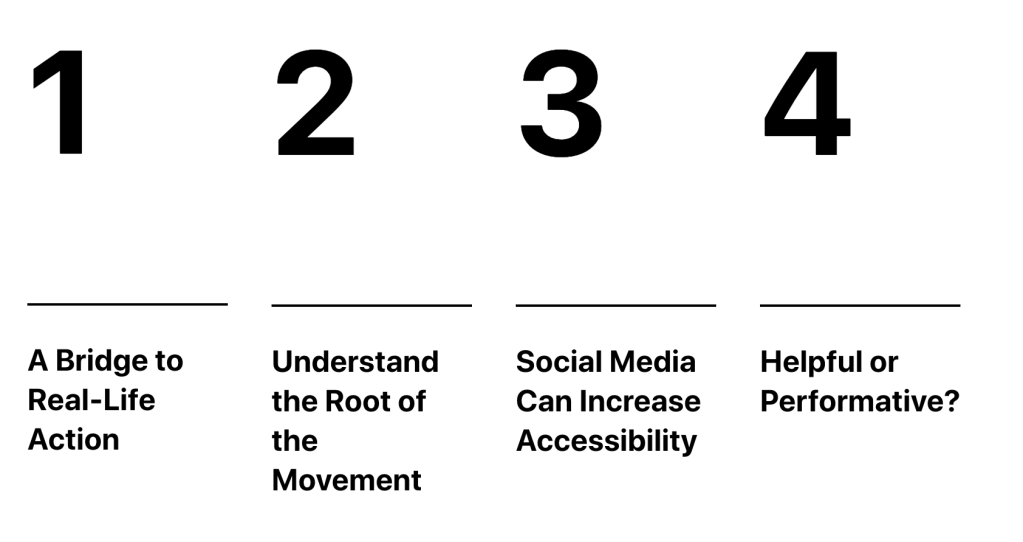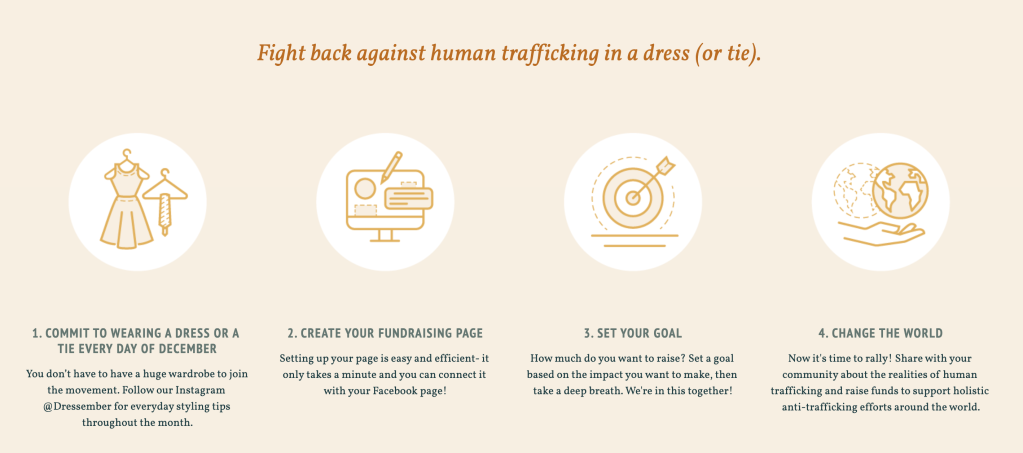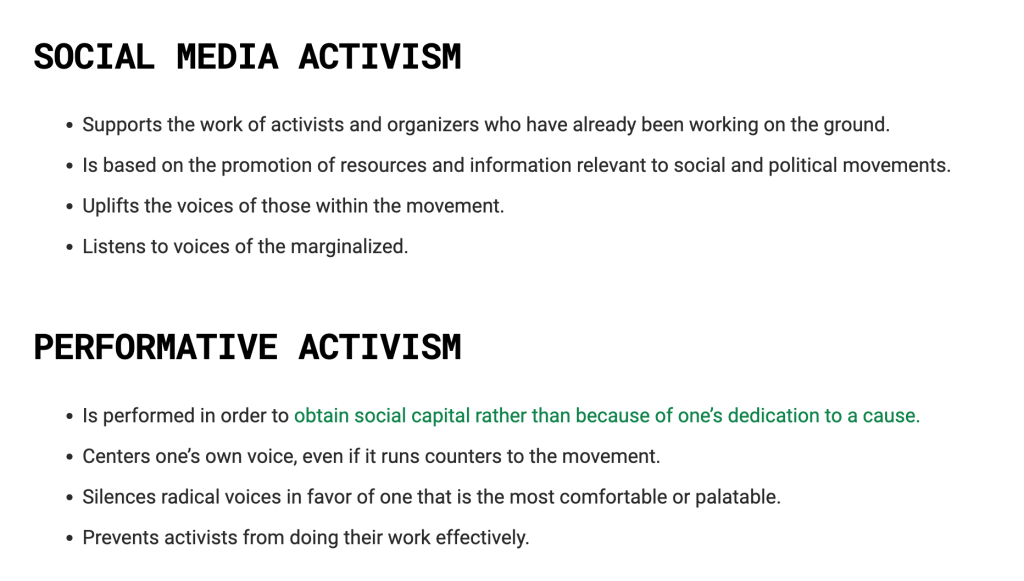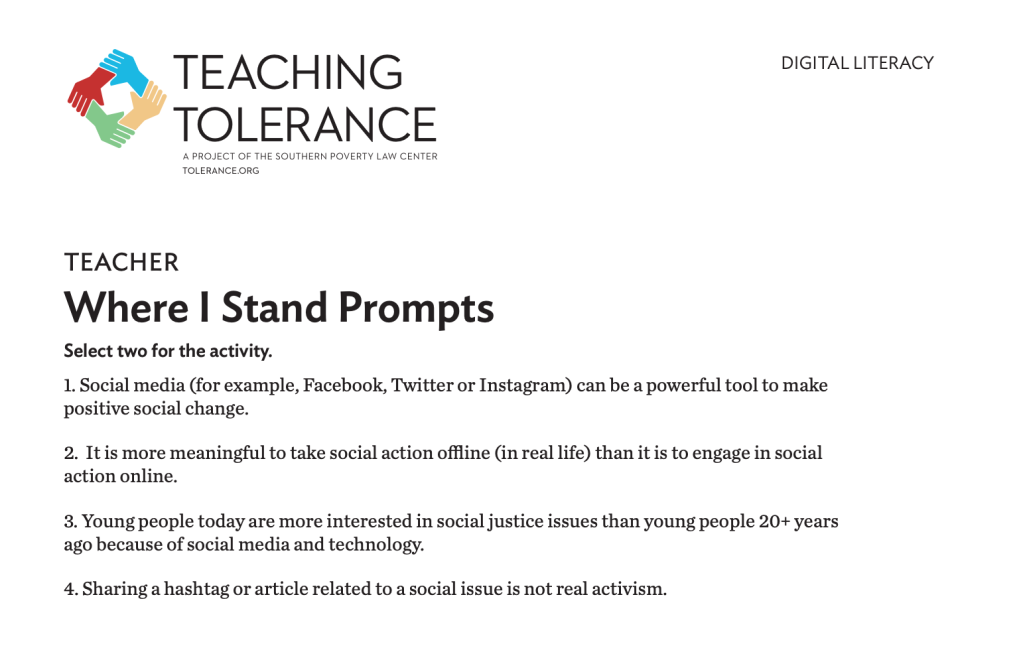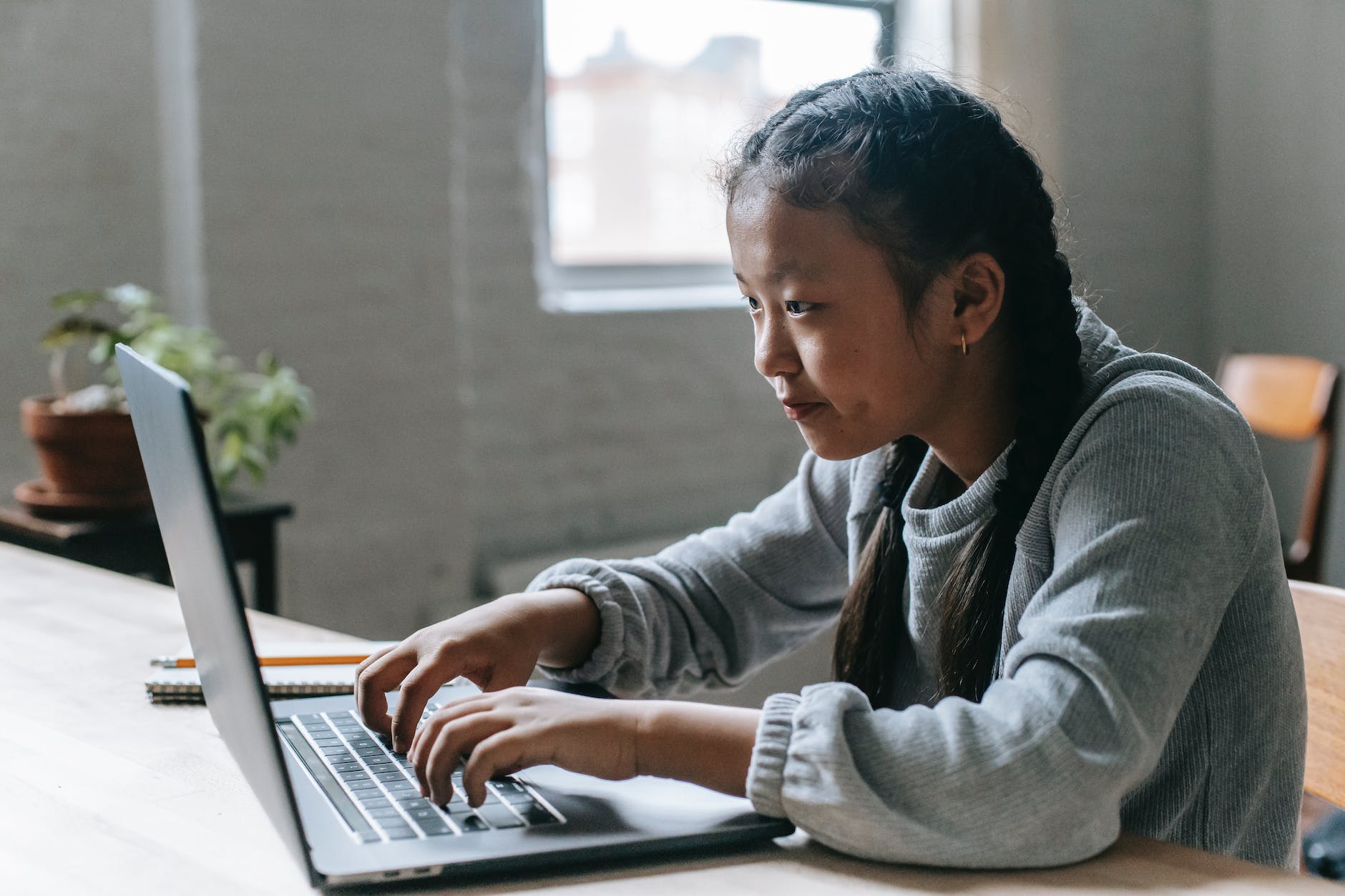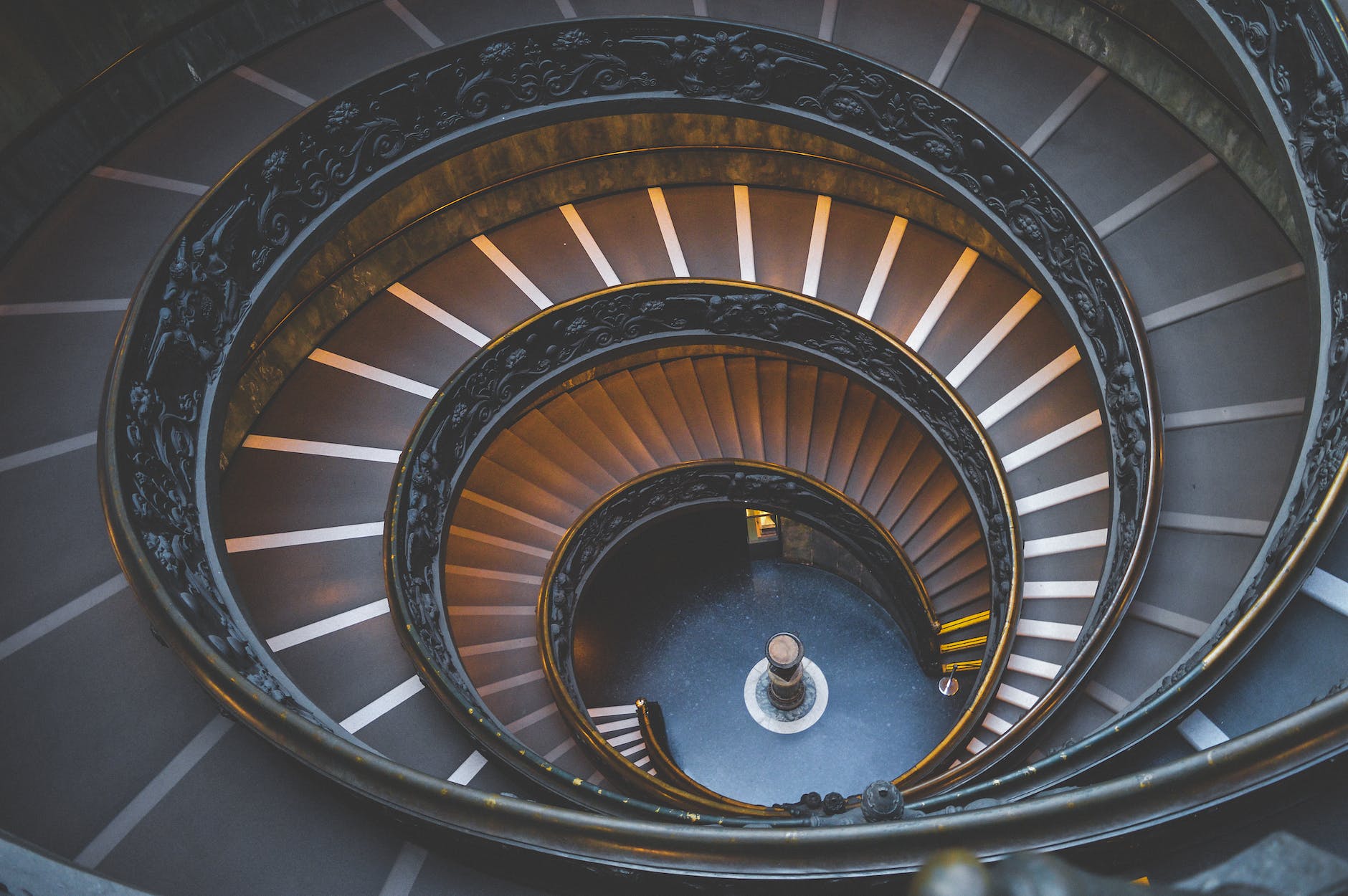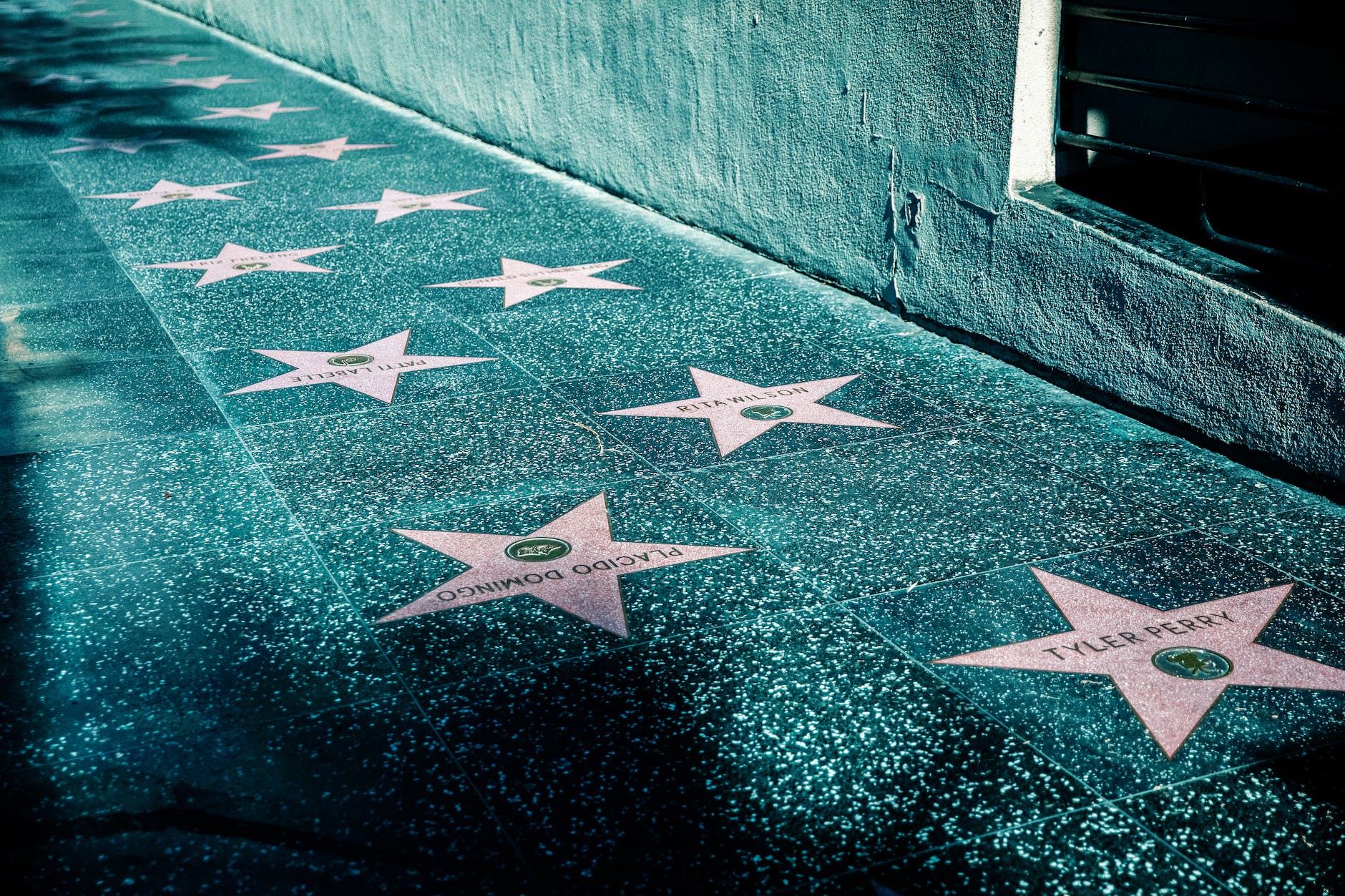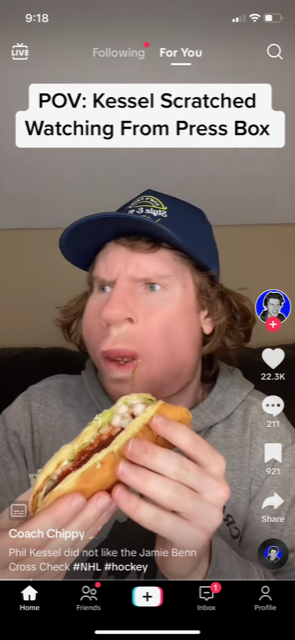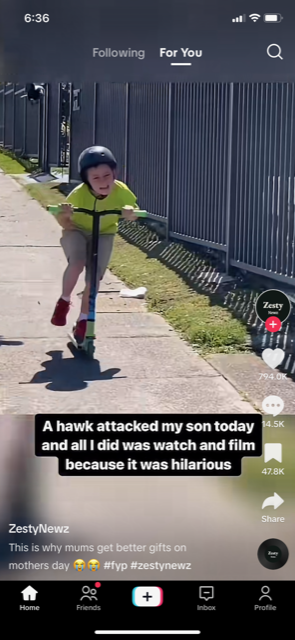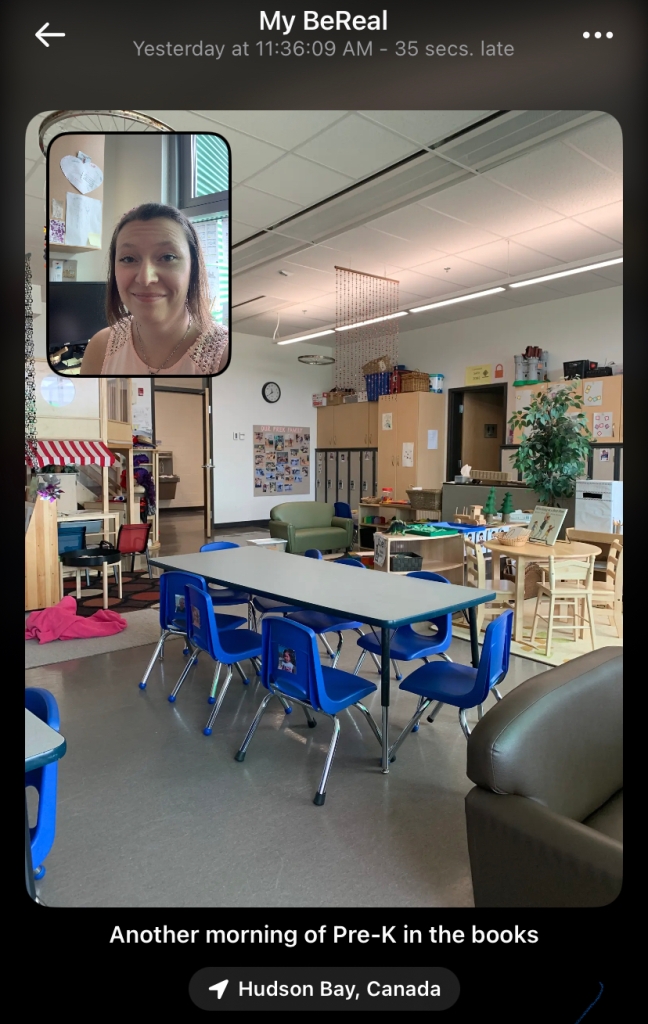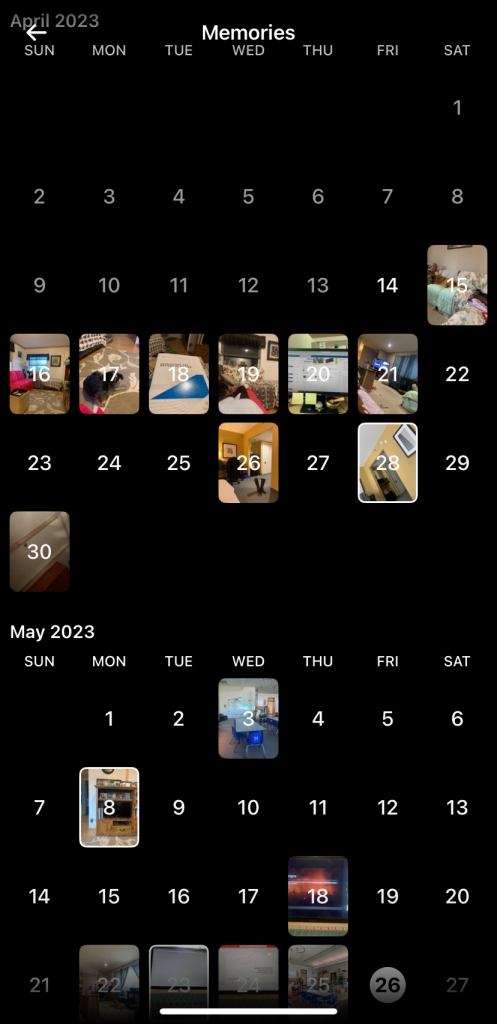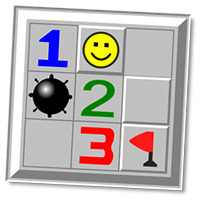I do feel that online social media activism can be productive. It can build awareness in a way that conventional media fails to by removing the authority figure from the distribution. We do not need mainstream media or governments to forward the information. The public can actually go around those authorities to comment on movements they may shy away from or wish remained hidden.
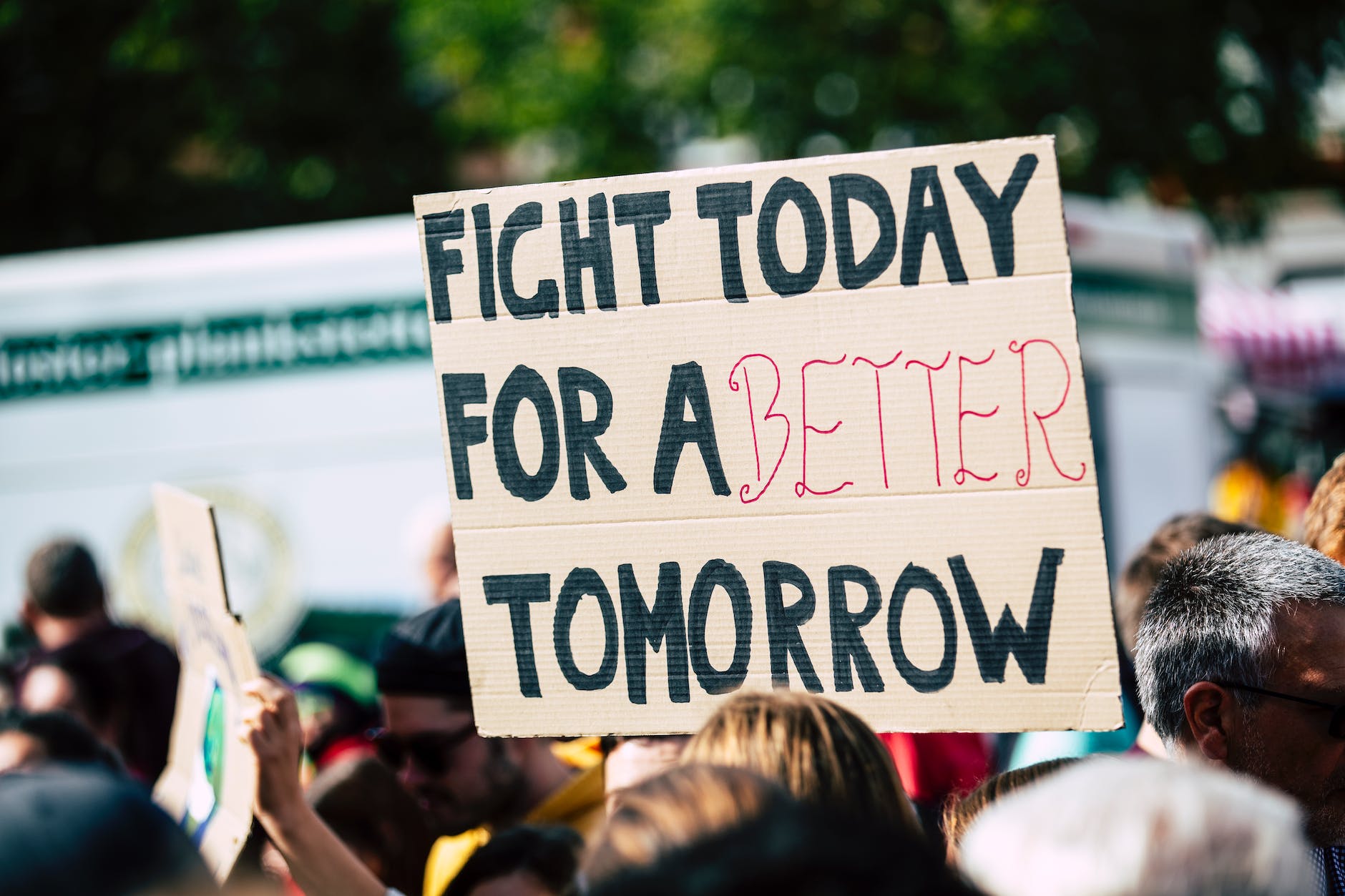
This does of course mean that those who wish to attack others can do so in a similar manner. My version of what needs to change may be in direct conflict with someone else. Just think of the conflicting activism between those who promoted Covid precautions and those who railed against it. What you view as activism might seem authoritarian to others.
This is where a productive conversation turns to a mess of personal attacks. The internet provides a bubble of protection, like swearing at someone in your car who cut you off. How often do you read a thread and actually see a divisive topic calmly discussed? Both sides see the anger but both are blind that the debate is over. I think there is the possibility for civil discord, but it seems rare. At least in person there is a chance at expressing yourself calmly and less chance for misunderstanding. Tone is difficult to get across in a comment.
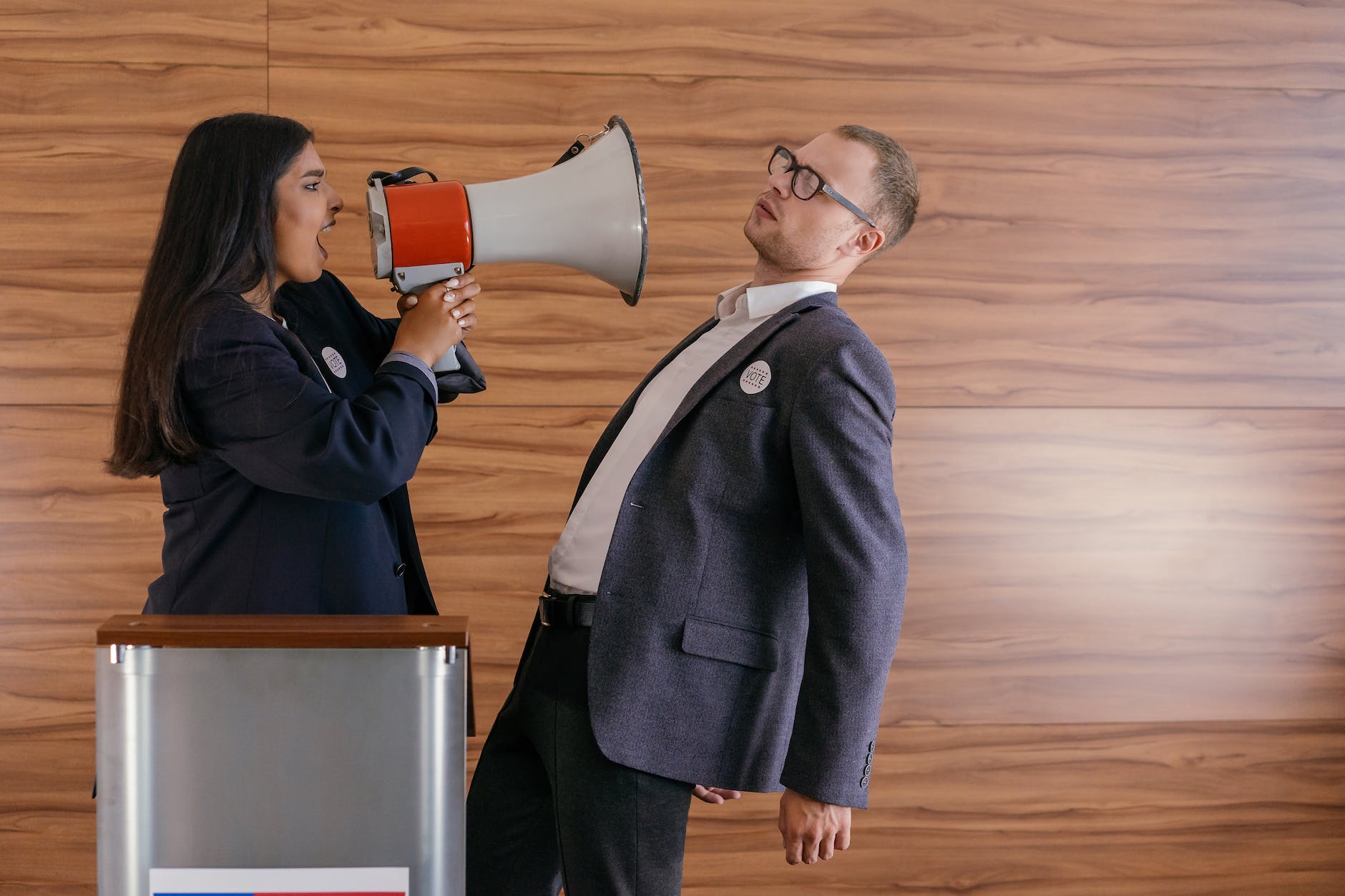
While the internet is full of vitriol it can provide a safe place for those to gather who would not be able to do so in reality. This works in spaces that have strong and supportive communities, those that can rally around those that are attacked and maintain strong but fair guidelines. As I recall discussing in EC&I 830, social media allows those who have to remain hidden, a place to exist and thrive. Fear and bigotry may have halted someone from expressing themselves in their personal space. Safe online places provide much needed support and community.
The use of social media to uplift voices and stories, create awareness, and build and strengthen relationships creates a space for organizations, activists, and citizens to demand justice
A Guide To Activism in the Digital Age- Maryland University
These safe places provide the launching point for online and real world events. With social media people can get organized quickly. A rally that once relied on group meetings, a poster campaign, phone lists, etc., can now begin with one post. Word of mouth is a retweet that reaches thousands instead of whoever is in earshot. This global reach is one of the greatest powers that online social media has.
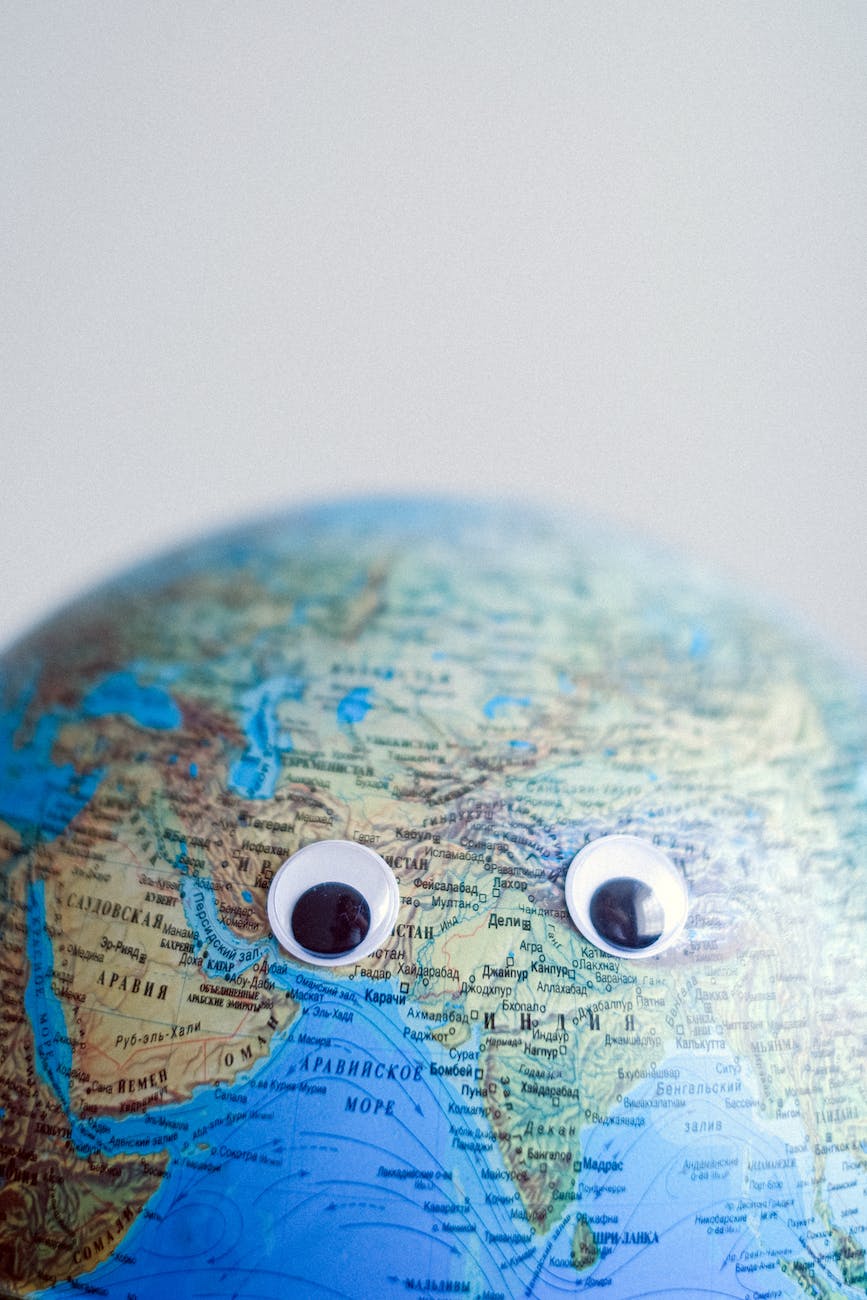
The responsibility of educators in this field is something I struggle with. I am comfortable discussing how social media can be used in activism and how it has been used. I am still caught up in what we were told in the past, remain neutral. I will do my best to provide both sides of the argument, but I’m not oblivious that my own bias bleeds through. In the past I have chosen “safe” subjects to use social media to promote with my students. There are very few people who get angry at supporting those struck by a natural disaster.
Being a good digital citizen is about so much more than being safe and responsible online.
Dr. Katia Hildebrandt- July 6th, 2015
I do not think I am a good digital citizen yet. I stay silent too often. I see friends post hateful things and stay quiet. I avoid the confrontation because I know the hours of sleep I will lose over their replies. My own mental health can’t handle it. This is the reason I left twitter, reddit, and “snooze” so many people on Facebook. I have started to speak to these people directly, it’s easier to express myself and I have found they are far less defensive when there is not a digital audience to our conversation.
While I have participated in online activism it has been those safe subjects I discussed in class. I did the ice bucket challenge, and despite the backlash, it was not a bandwagon, virtue signalling act for me. My father died from a similar disease and it felt good to do something. I joined my friends Run for the Cure. In fact if you would like you can donate right here.

Like anything online, social media can be beautiful or terrible. It’s a perfect place for activism to exist. The entire point of activism is to shine a light on that part of humanity. My goal is to turn on the light more often. The dark is much more comfortable; perhaps because in the light we are awake.

